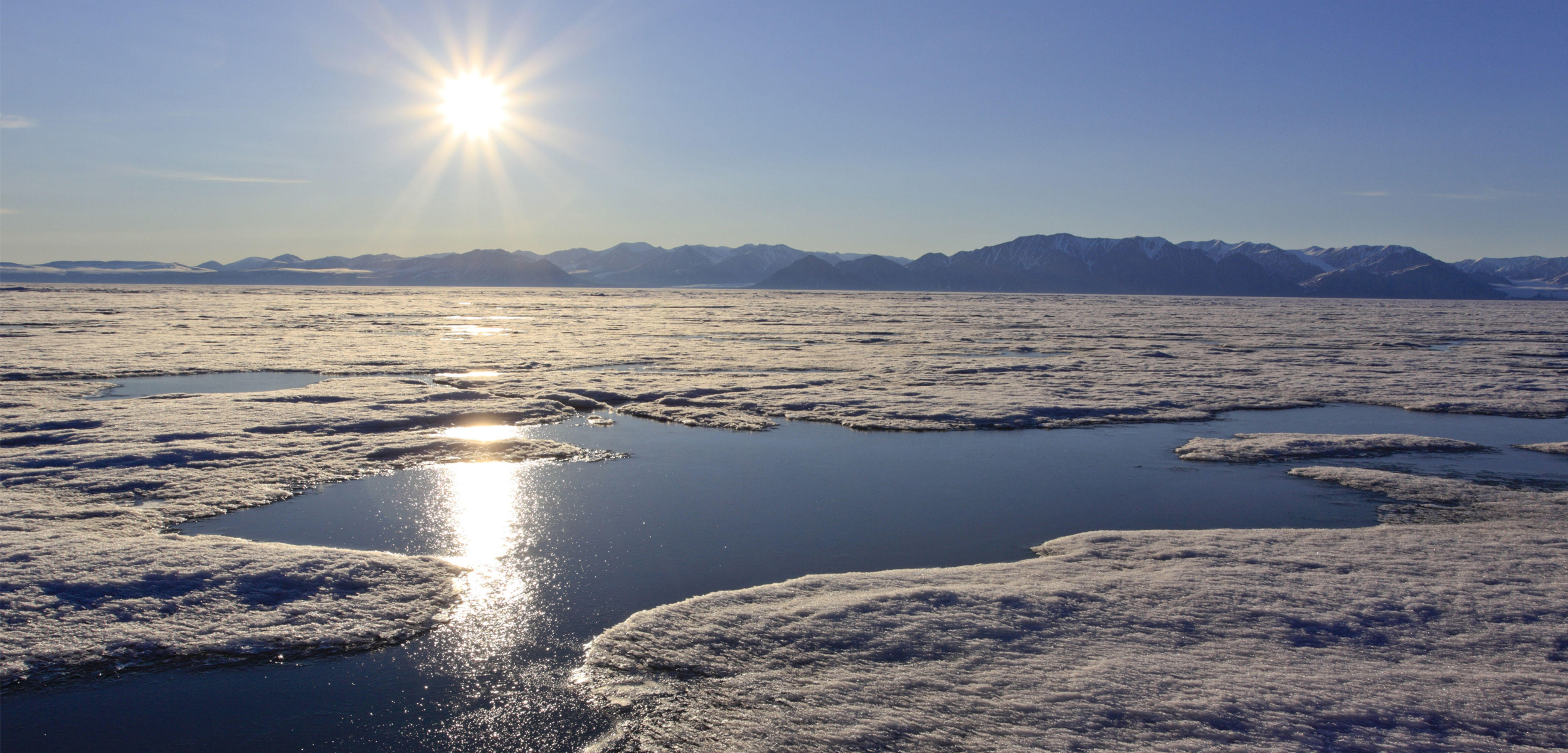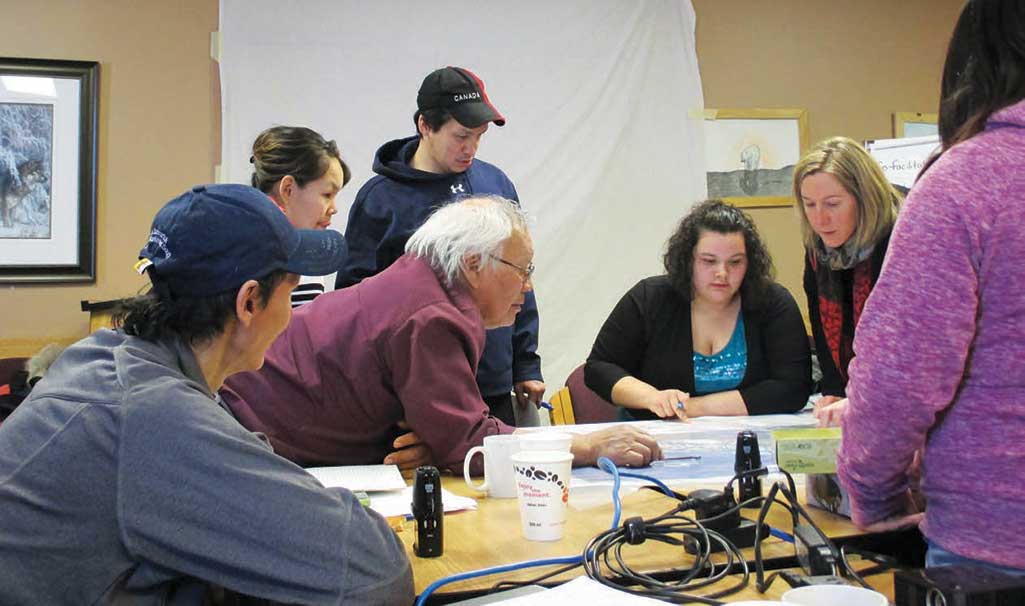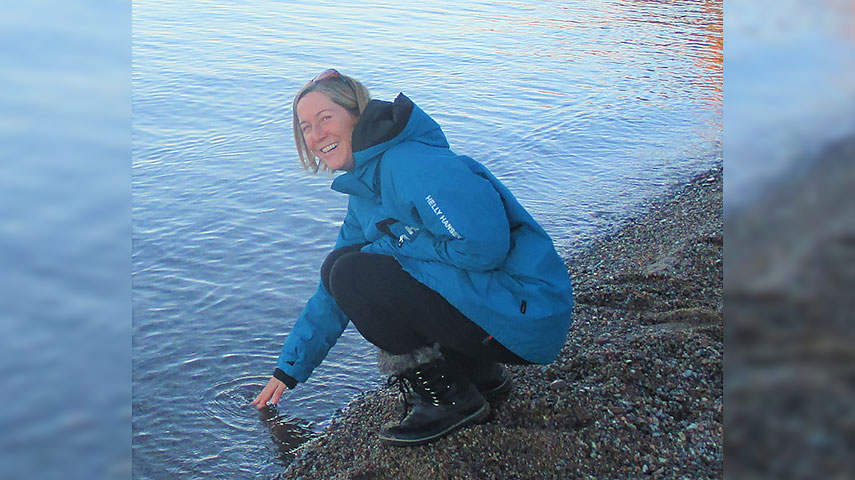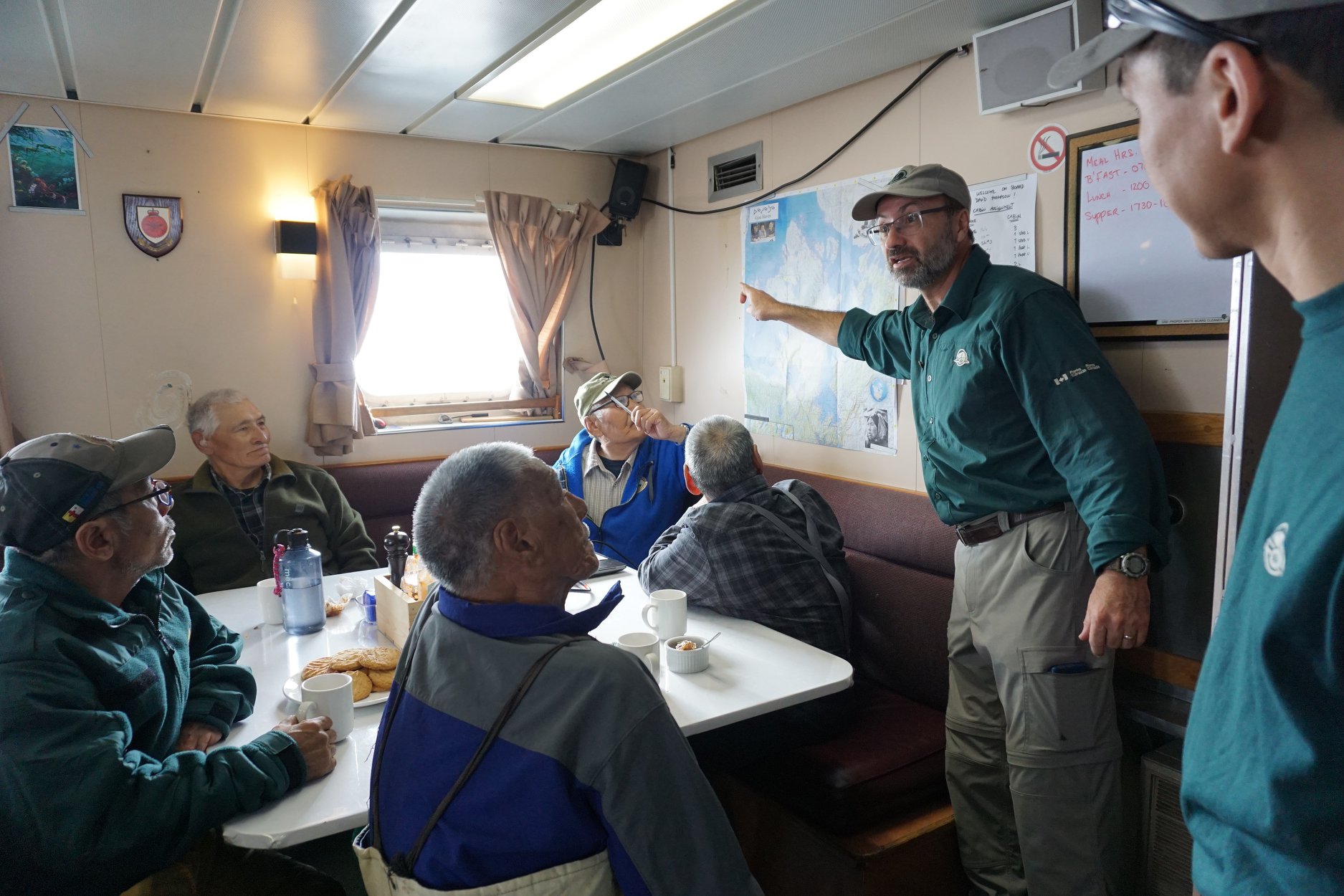NEWS: Nunavut March 08, 2018 – 10:30 am
Researchers look at shipping impacts on sensitive Nunavut sites
Lancaster Sound and Franklin wrecks seen as special concerns

Lancaster Sound, known as Tallurutiup Imanga in Inuktitut, is seeing an increase in shipping as the eastern entrance to Canada’s Northwest Passage. It’s also important habitat for many Arctic wildlife species. (FILE PHOTO)
New research will look at how to best manage shipping near two sensitive areas in Canada’s eastern Arctic waters: Lancaster Sound and the sites of the Franklin wrecks.
The team project is being spearheaded by Jackie Dawson, a researcher with the University of Ottawa, who has studied shipping in the Canadian Arctic for the past 15 years. The project’s focus came about after discussions with regional Inuit organizations, Parks Canada and the territorial government, she said.
“I don’t do research unless people in the North tell me it’s concerning,” she said. “That’s how we develop our projects.”
In the case of Lancaster Sound, the area has seen a growing number of ships in recent years, as the eastern entrance to the Northwest Passage. The area is also considered key wildlife habitat for narwhal, beluga, bowhead whales, seals, walrus, polar bear and other creatures, as well as large flocks of migratory sea birds.
Lancaster Sound, known in Inuktitut as Tallurutiup Imanga, is slated to become protected as a national marine conservation area.
Negotiators with the Qikiqtani Inuit Association hope to have an impact and benefit agreement for the area signed by early 2019. Then management plans for the area will be developed.
Dawson said that her team’s studies could help answer questions about how ship noise is affecting marine mammals in the area. It could also help identify sensitive areas.
“It’s my hope that some of the work that we do will inform some of these management plans,” she said.
The sites of the underwater wrecks of HMS Erebus and HMS Terror from Sir John Franklin’s doomed Arctic expedition are protected as national historic sites. Nobody is allowed to visit without permission, but Parks Canada and an advisory committee are considering how to manage visitors in the future.
Arctic cruise companies are eager to add the sites to their itineraries. “Everyone wants to be the first company to go to the wreck sites,” said Dawson. “That’s big business.”
“Should they allow tourism at the sites, and if they do, what should it look like?” she asked. “If they are going to allow a certain kind of tourism at the site … what routing should be used, and how far away?”
“There’s a 10-kilometre radius where it’s absolutely protected. Ships can’t anchor right outside there, because it’s too deep. So they might need to anchor a two-hour Zodiac ride away. So figuring stuff like that out.”
These new studies dovetail with ongoing work Dawson has done to help the federal government create low-impact shipping corridors in the Canadian Arctic. This work has helped to communicate community concerns to shipping companies.
“One of the complaints that we got from Pond Inlet is that one ship anchored right in a clam bed, exactly when the clams were breeding. That killed the clam harvest for that year,” said Dawson.
“That ship would never anchor there, knowing that information. So our project is trying to collect that information and share it with the ships … ‘Please don’t anchor here at this time of year.’”
The new project will see four Inuit research assistants hired to help facilitate workshops planned in Gjoa Haven and Iqaluit. “We always do that,” said Dawson.
“It’s just part of our approach. I don’t even like calling them assistants—we’ve been working with certain people in places like Pond Inlet for such a long time now. They’re more than assistants.”
The project is being funded with a grant from the Marine Environmental Observation, Prediction and Response Network and the Clear Seas Centre for Responsible Marine Shipping.




